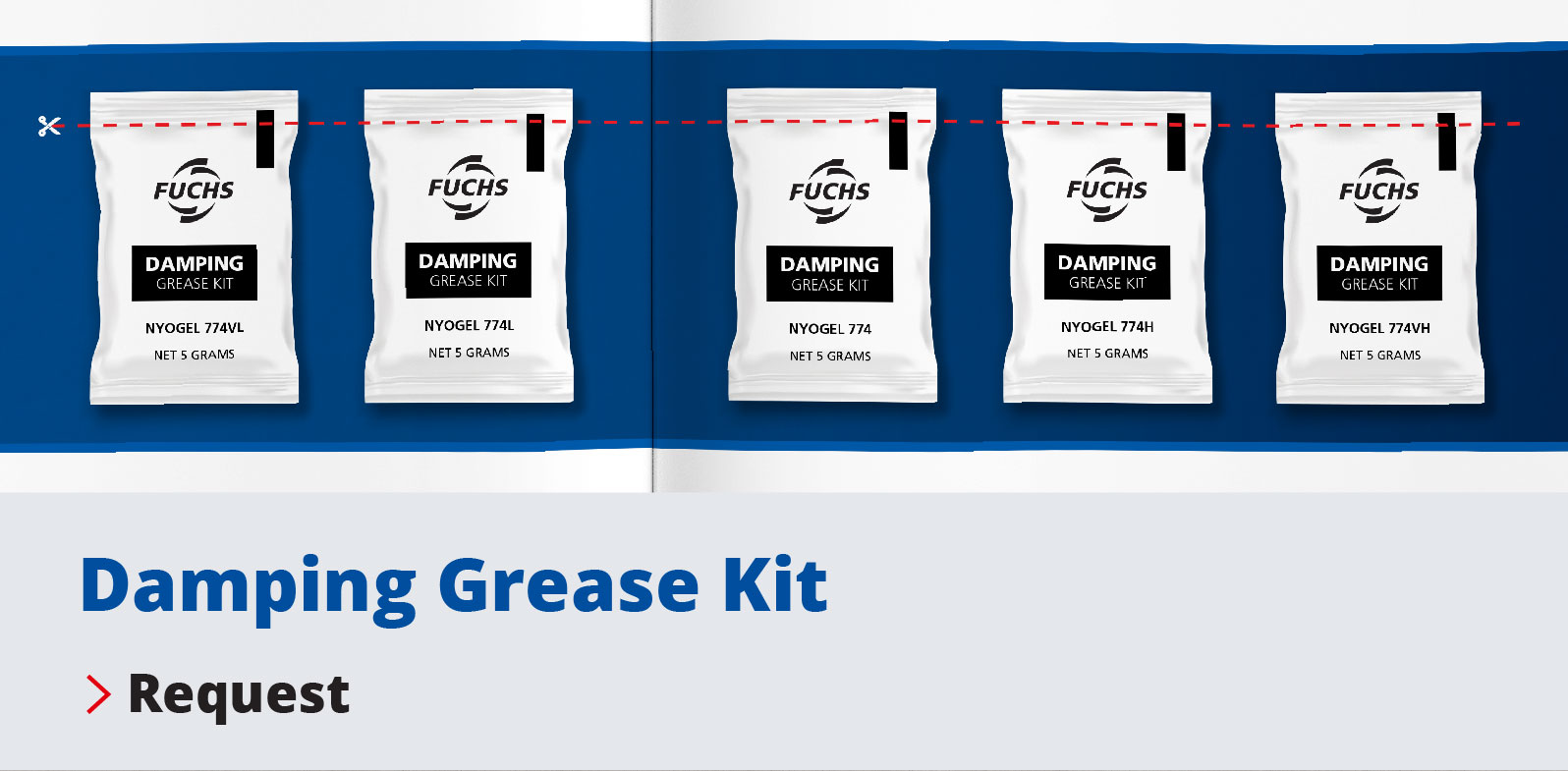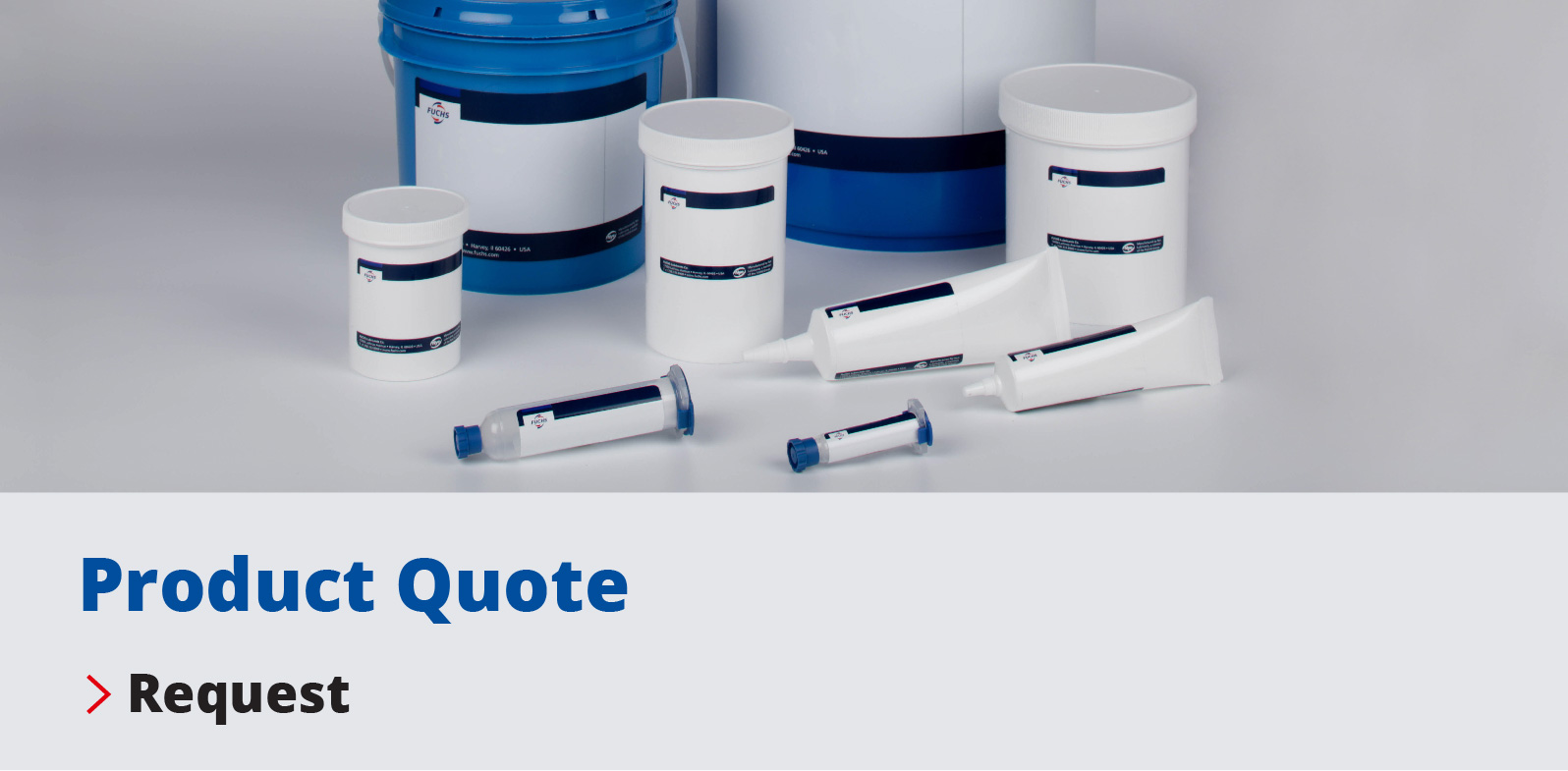Damping
Designers and manufacturers have used damping greases for more than 50 years as an economical way to improve the quality and performance of their application. These greases are widely used in many industries including the automotive, medical, appliance, and electronics industries, and in a multitude of applications including gears, lead screws, hinges, and potentiometers.
Protection against wear is a primary function of most lubricants, but damping greases can also provide the following benefits:
Noise and vibration are often a result of friction between two components. A film of lubricant prevents two moving surfaces from coming in contact with one another to minimize noise. Preventing buzz, squeaks and rattles can improve the perceived quality of your design.
Shear resistance can also help control the precision of motion for a smooth quality feel. Lighter viscosity greases offer less resistance than higher viscosity greases. Nye recommends testing out several greases with different viscosities in order to choose which suits the feel you wish to achieve for your design.
Damping greases provide a barrier between moving components to reduce surface friction and prevent corrosion from occurring. This protects mechanical components from failure and ensures a pleasant user experience within haptic designs.
Nye offers a line of damping greases that vary in shear resistance to assist engineers in controlling the precise torque and speed of their components. This can be useful in designs where even the slightest rotary motion can cause users to coast past the desired setting.
Nye’s Damping Greases
When selecting a damping grease, objective and subjective criteria apply. Objectively, damping greases must be compatible with the materials of your application and retain their damping qualities throughout the temperature range of the application. More subjectively, damping greases are selected for the “feel” the designer wants to achieve. Generally, the more delicate the device, the lighter the grease. Damping greases come in standard grades, from extra light to heavy, and Nye can formulate them to meet any gradation in between.
The products below were selected products from Nye’s more than 50 motion control grease offerings. Experimental and custom formulations are available upon request.
Nye offers motion control greases with several different base oil / thickener combinations.
Resist displacement from plastic or metal surfaces and are suitable for moderately low temperature applications.
| Grease | Temperature Range | NLGI Grade (ASTM D217) | Viscosity Index (ASTM D2270) | Dynamic Viscosity (CTM-68) 50 s-1 | Tack Scale (CTM-90) (1 low-5 high) |
|---|---|---|---|---|---|
| NYOGEL 774VLF | -50 to 120°C | 2 | 219 | 20 Pa·s | 1 |
| NYOGEL 774H | -20 to 120°C | 2 | 289 | 46 Pa·s | 3 |
| NYOGEL 774VH | -10 to 120°C | 3 | 323 | 105 Pa·s | 4 |
Exhibit excellent shear stability for high load applications and are compatible with most plastics and elastomers.
| Grease | Temperature Range | NLGI Grade (ASTM D217) | Viscosity Index (ASTM D2270) | Dynamic Viscosity (CTM-68) 50 s-1 | Tack Scale (CTM-90) (1 low-5 high) |
|---|---|---|---|---|---|
| FLUOROCARBON GEL 868L | -40 to 125°C | 2 | 251 | 17 Pa·s | 2 |
| FLUOROCARBON GEL 868 | -40 to 125°C | 2 | 280 | 30 Pa·s | 3 |
| FLUOROCARBON GEL 868VH | -20 to 125°C | 3 | 333 | 64 Pa·s | 5 |
Suitable over a wide operating temperature, and compatible with most plastics and elastomers.
| Grease | Temperature Range | NLGI Grade (ASTM D217) | Viscosity Index (ASTM D2270) | Dynamic Viscosity (CTM-68) 50 s-1 | Tack Scale (CTM-90) (1 low-5 high) |
|---|---|---|---|---|---|
| FLUOROCARBON GEL 880 | -40 to 200°C | 2 | 658 | 38 Pa·s | 3 |
| FLUOROCARBON GEL 891-V1 | -40 to 200°C | 2 | 770 | 143 Pa·s | 5 |
| FLUOROCARBON GEL 835C | 0 to 200°C | - | 809 | 239 Pa·s | 5 |
Excellent shear stability for high load applications, used in extreme environments, and compatible with most plastics and elastomers.
| Grease | Temperature Range | NLGI Grade (ASTM D217) | Viscosity Index (ASTM D2270) | Dynamic Viscosity (CTM-68) 50 s-1 | Tack Scale (CTM-90) (1 low-5 high) |
|---|---|---|---|---|---|
| UNIFLOR 8172 | -45 to 225°C | 2 | 120 | 17 Pa·s | 1 |
| UNIFLOR 8322 | -20 to 250°C | 3 | 138 | 35 Pa·s | 2 |
Want to learn more? Contact Us.
Related Technical Articles & White Papers
MOTION CONTROL: An Economic Approach to Precision Motion and Noise Control
A guide to the use and selection of motion control greases that control motion, reduce noise, prevent wear, an impart a quality feel to components in a variety of industries.
Brian Gira



